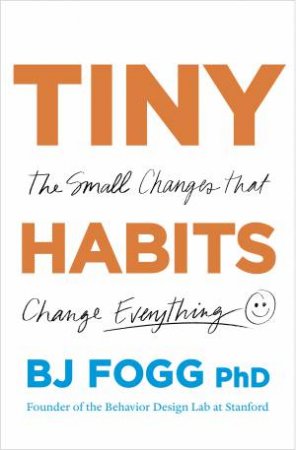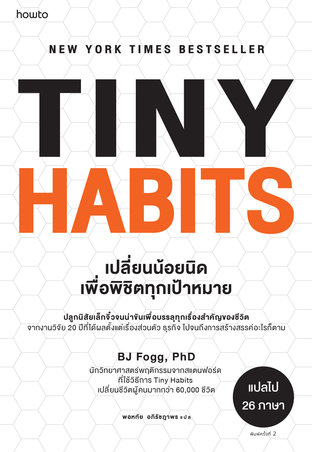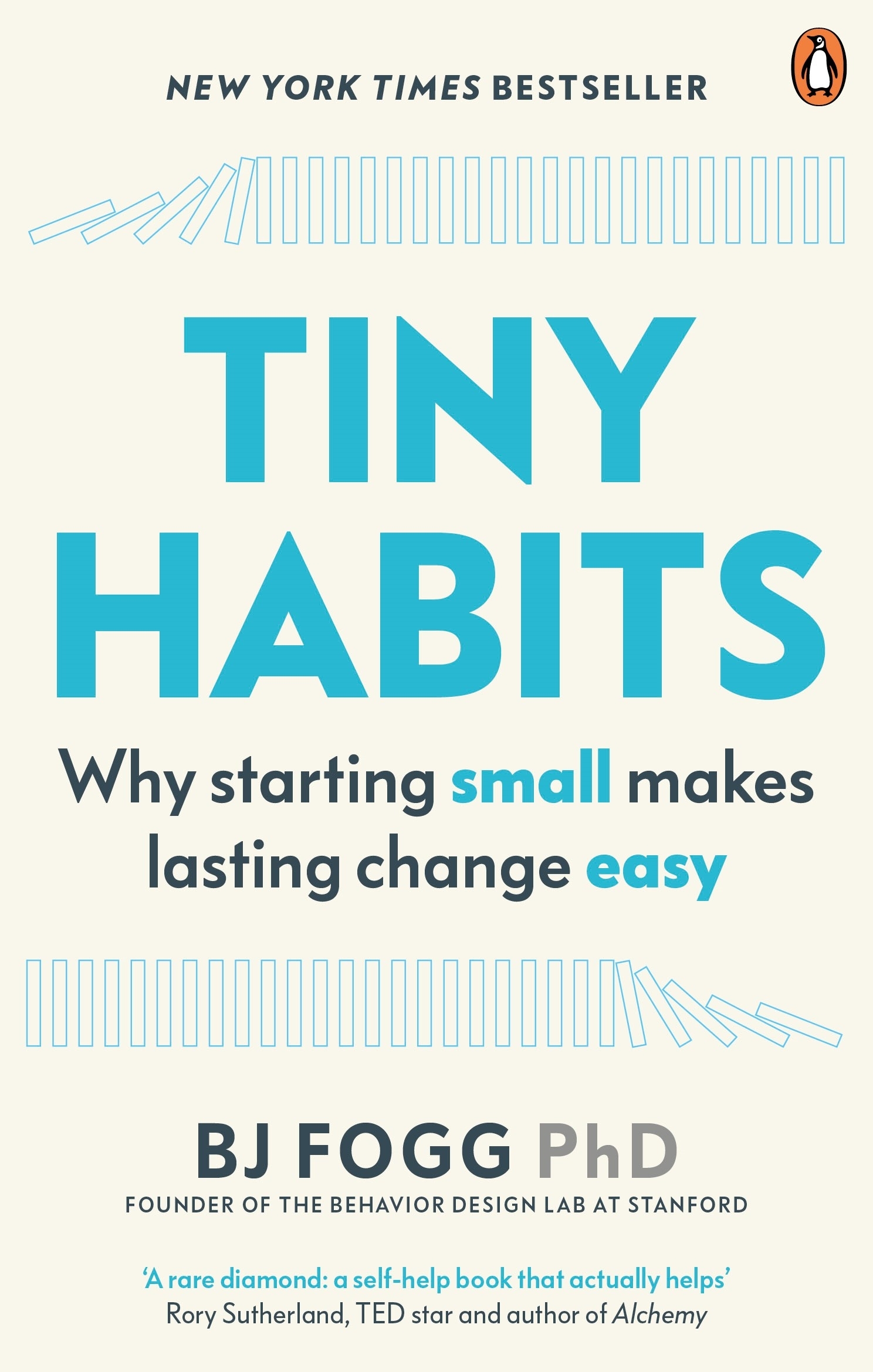

New behaviors don’t happen without a prompt. Instead of resolving to do 20 pushups, a habit-changer resolves to do two pushups instead of promising to drink eight glasses of water per day, the habit-changer decides only to drink an extra sip of water. Making “Golden Behaviors” as simple as possible speeds adoption of the new habit. The most promising actions, called “Golden Behaviors,” will settle in the upper right area. It’s better to identify the desired outcome, make a list of possible behaviors that can support that outcome, then put them on a graph, placing the high-impact ones toward the top and the easy-to-use toward the right. The technique is as simple as ABC: an Anchor causes a Behavior, which causes a Celebration. The author’s technique uses three simple parts: For the prompt, it uses a reminder, or Anchor-placing floss next to a toothbrush, for example-which stimulates a very small, easy change in Behavior-flossing just one tooth-followed by a small Celebration, which increases motivation. To change a behavior requires, not self-scolding or willpower, but a well-designed, very small improvement that considers the MAP.


Motivation is how much a person wants something to happen, Ability is how easy it is to do, and Prompt is the environmental cue that sets the process in motion. The Fogg Behavior Model states that all behaviors occur because three things converge at the same moment: Motivation, Ability, and Prompt. The eBook version of the 2020 first edition forms the basis for this study guide. An appendix includes summaries of the book’s theories and practice methods, followed by a section of 300 recipes for suggested Tiny Habits. One of his students learned the author’s theories on design simplicity and used them to help found the wildly popular social networking site Instagram.Įach chapter concludes with exercises for practicing the techniques described. Students in his 2007 class on designing enticing apps for Facebook generated 24 million online visits and drew the attention of national news services. Professor BJ Fogg is the founder of the Stanford Behavior Design Lab and the developer of captology, a field of study that examines the power of computers to influence human behavior.


 0 kommentar(er)
0 kommentar(er)
